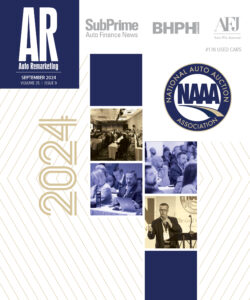GE Capital Fleet Services Identifies Millions in 3Q Client Cost Savings

GE Capital Fleet Services totaled up the cost savings the company created for its customers during the third quarter. Utilizing five main strategies, officials said total customer savings came in at $63.3 million.
Through the first nine months of 2010, GE Capital Fleet Services contends it has helped its clients save $225 million.
Officials discovered the largest areas of cost savings during the third quarter included:
—Company-leased vehicles versus company-owned vehicles ($21 million): Leasing a fleet instead of owning a fleet of vehicles for use by employees.
—Optimal replacement strategies ($10 million): Determining the optimal time to cycle vehicles in fleet, given applicable costs.
—Negotiated maintenance savings ($10 million): Using technology and maintenance expertise to reduce maintenance spend.
—Company vehicle programs versus reimbursement programs ($10 million): Moving to company vehicle programs from mileage reimbursement plans.
—Total-cost-of-ownership analysis ($2 million): Using cost analysis to evaluate and select OEMs and vehicles.
One of GE Fleet’s clients shared experiences about how much the savings has helped.
“The strategic consulting team at GE Capital Fleet Services plays a key role in helping us to set an annual cost savings goal,” explained Charles Szymanski, manager of global property, casualty insurance and fleet services at PPG Industries, a Pittsburgh-based coatings and specialty products company.
“They benchmark our fleet data and provide an in-depth analysis of our historic vehicle costs while incorporating the current trends in fleet management, which has helped us save hundreds of thousands of dollars each year,” Szymanski added.
Brad Hoffelt, senior vice president of analytics at GE Fleet, was delighted with the savings totals the company announced.
“As our customers strive to maximize efficiency while managing the bottom line, GE Capital Fleet Services evaluates ways they can cut costs while streamlining fleet operations,” Hoffelt stressed.
“We look at everything from their maintenance and accident expenses to the benefits of moving from an ownership to lease program to identify ways that they can cut costs and increase overall fleet efficiency,” he concluded.

 View The Latest Edition
View The Latest Edition

